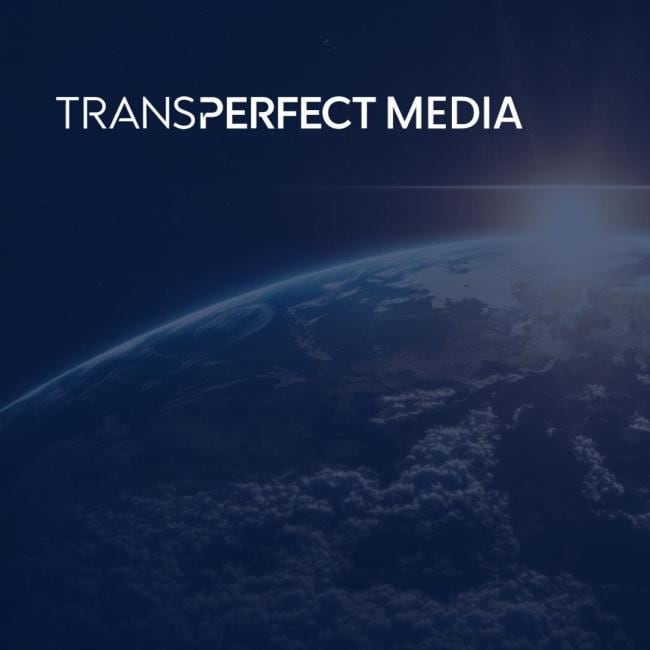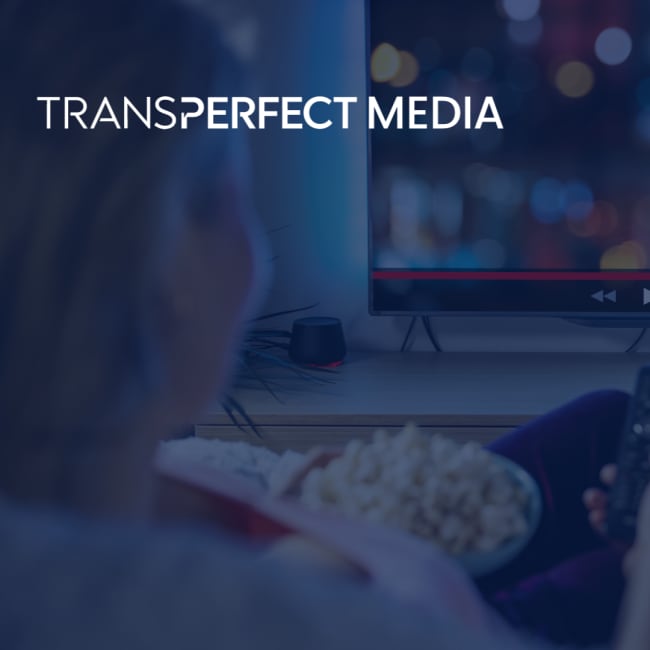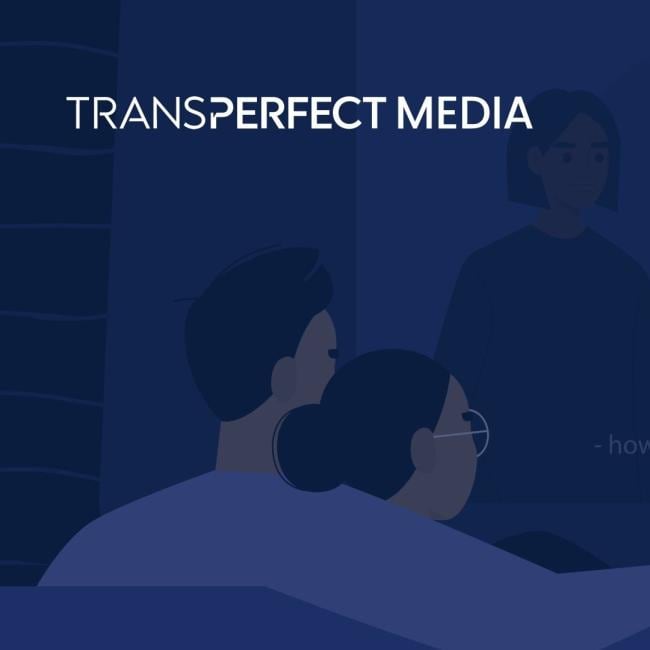Taking a Deeper Dive into Subtitles, Closed Captions, and SDH Subtitles


Over 5% of the world’s population—430 million people—have disabling hearing loss, according to World Health Organization figures. In addition, 15% of American adults (37.5 million people) aged 18 and over report some trouble hearing.
These statistics help support why it is important for television and films to consider subtitles for the deaf or hard-of-hearing (SDH).
Yet, despite the name, there is sometimes confusion about what SDH subtitles are. Many people do not know how they differ from traditional subtitles or closed captions, or when they should be used. Often, the three terms are used interchangeably, but they are different in a number of ways.
In this article, we break down the similarities and differences between subtitles, closed captions, and SDH subtitles.
Subtitles
Subtitles are designed for audiences without hearing impairments who have trouble understanding the language of a film or TV show, usually because it is in a foreign language. Subtitles are a translation of the video’s spoken dialogue into the viewer’s language. Subtitles only display the spoken audio and on-screen text; no other sound effects are included in the subtitles. Subtitle text is typically displayed at the bottom of the screen, or where needed, it can be vertical or repositioned to the top third of the screen.
Closed Captions
Closed captions are meant for audiences who understand the source language of the show, but who are hearing impaired, and therefore require a text description of the dialogue and sounds. Along with the words being spoken, they provide audio descriptors, such as background noise, soundtracks, speaker IDs, and other elements that don’t involve speech. These non-dialogue descriptors are called hard-of-hearing (HoH) elements, and they help give context to viewers who experience any level of hearing impairment. Closed captions are provided in the same language as the film or TV show. In the United States, closed captions are required by law on all public broadcasts.
Subtitles for the Deaf or Hard-of-Hearing (SDH)
SDH subtitles are a combination of subtitles and closed captions—they cater to viewers who are hearing impaired and aren’t native speakers of the language. SDH subtitles include translated dialogue and translated HoH elements. As such, SDH subtitles make movies and programs accessible to a much wider audience.

Which One Is Right for My Project–Closed Captioning, Subtitles or SDH?
To decide which one is right for you, we’ve provided some similarities and differences between closed captioning, subtitles, and SDH. Here are similarities:
- All forms of text are used to display dialogue and other sounds in videos, movies, and TV shows.
- The text visuals are created to sync perfectly with the audio in movies and TV programs.
- They can commonly be turned on and off by the viewer.
- All forms can make it easier for viewers to enjoy content in situations where they must or want to watch something without sound.
Although all three are very similar, the subtle differences can matter to the audience you want to reach. Here are some key differences between them:
- Perhaps the most significant is their appearance: SDH subtitles usually are displayed at the bottom of the screen and can vary in color. Closed captions are displayed as white text on a black band, which blocks a portion of the picture and can usually be aligned to different parts of the screen. However, positioning can be varied in all forms.
- Subtitles typically do not feature sound effects, while captions and SDH depict all sound effects for viewers who are deaf or hard-of-hearing.
- Closed captioning is used for any type of media content of the same language, whereas SDH subtitles are for projects in different languages.
- Closed captioning is regulated by local law, and requirements (e.g., how speakers are identified, using single or double music notes, etc.) can vary. SDH subtitles have pretty standard conventions (e.g., all narration and nonverbal audio cues are included, the format and style can vary, etc.
The biggest benefit to SDH subtitles lies in making content much more accessible around the world. At a time when viewers are increasingly happy to watch international programming with subtitles, SDH allows those who are deaf or hard-of-hearing to enjoy media in the fullest way possible.
Ask the Experts
We’ve looked at some of the similarities and differences between subtitles, closed captions, and SDH subtitles. If you have any further questions or would like some more information on this topic, please reach out to us to find out more and see how we can help add these services to your content.



